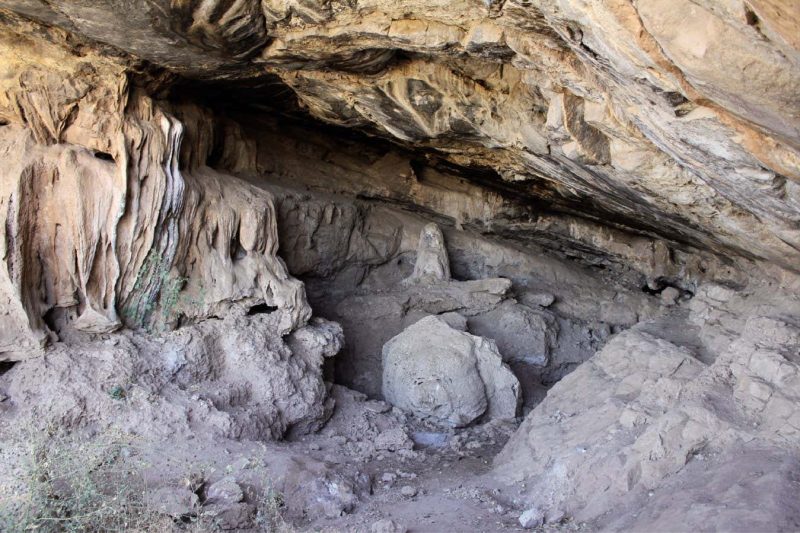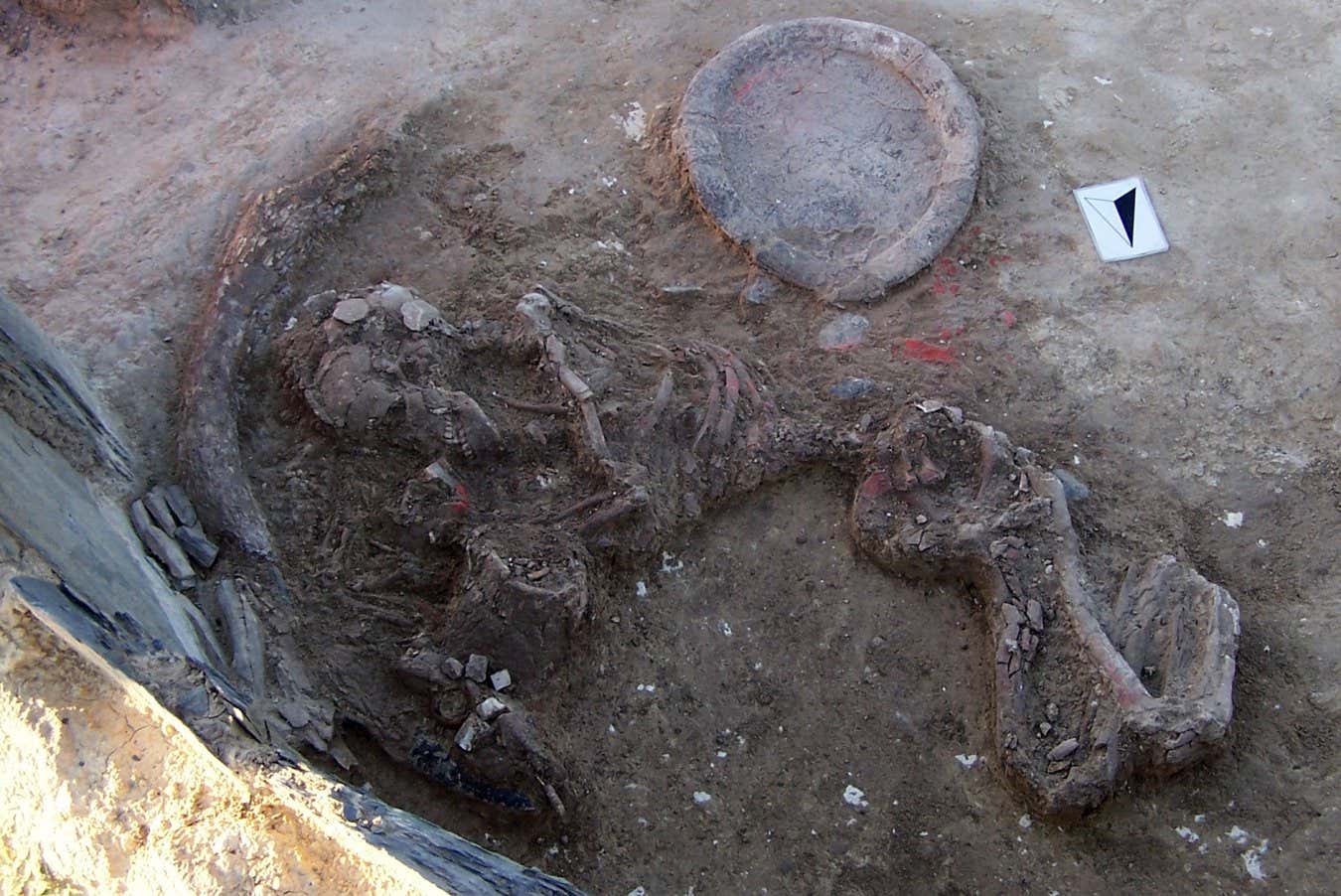A recent study conducted by researchers at the University of Valencia in Spain reveals how Stone Age people adapted their technologies and practices over a 4500-year period through the examination of a large collection of reddish minerals found in a cave in Ethiopia.
Porc-Epic Cave in Ethiopia
Image source: A. Herrero
Uncovering the Evolution
The Porc-Epic cave, which dates back to the Middle and Late Stone Age (about 80,000 to 40,000 years ago), offers a unique window into the cultural evolution of ancient civilizations. The cave was thoroughly excavated in the 1970s, uncovering a wealth of archaeological material dating back 40,000 years.
The researchers focused on 4213 pieces of “ochre,” a type of mineral rich in iron that produces vibrant colors, particularly red. This study marks the first systematic study of ochre use at the site.
Changing Ochre Composition
The study revealed that the composition of ochre changed over time. At the beginning of the 4500-year period, ochre was typically high quality and rich in iron. However, towards the end of the period, the ochre became lower quality, with less iron and a coarse-grained texture. Instead of grinding it into powder, people began to chip and cut the ochre.
This change in ochre composition suggests that the people at Porc-Epic may have been using ochre for different purposes as time went on. While ochre is commonly known as a pigment for artworks, it is possible that it was also used for utilitarian purposes such as making adhesives or even as sunscreen.
A conflicting study by Rimtautas Dapschauskas and his colleagues at the University of Tübingen in Germany suggests that prehistoric people consistently sought out fine-grained and blood-red materials for pigment. The shift in ochre composition at Porc-Epic may have been due to the difficulty in sourcing high-quality ochre, possibly caused by social changes or conflicts with neighboring groups.
Technological Stasis with Behavioral Change
This study challenges the notion of technological stasis during the Stone Age. While there was a form of stability in cultural knowledge passed down from generation to generation, the people at Porc-Epic also exhibited flexibility and adapted their practices over time. This provides valuable insight into the behavioral changes that occurred over several thousand years.








